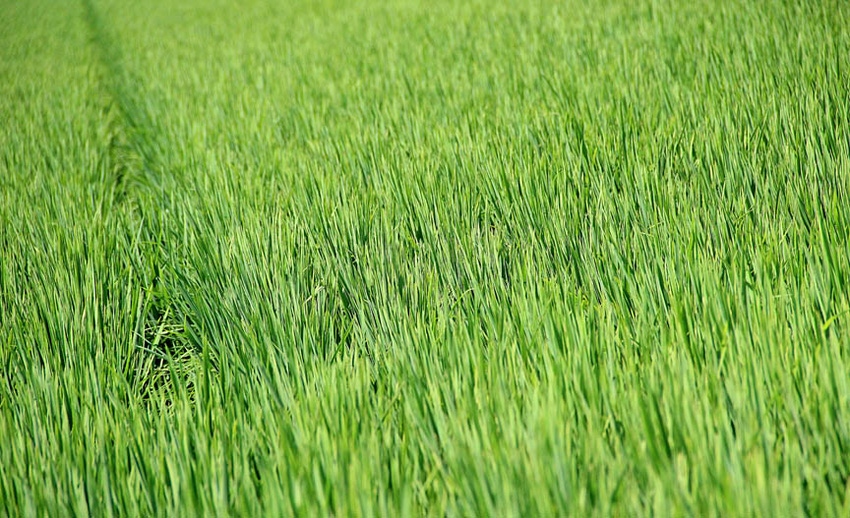August 20, 2013

Late-season salvage situations are always difficult, and as I pointed out before, there are a lot of reasons herbicides can fail to control big grass. I feel strongly that increasing late-season spray volumes can give some of those applications better chances than they might otherwise have. Suppression is often the best one can hope for, but it sure beats nothing.
An applicator told me recently that “when a farmer makes early mistakes in the season and needs a salvage treatment, I get the blame when it doesn’t work.” That is certainly not my inference here. Sometimes mistakes lead to salvage situations. However, a lot of farmers and consultants who wig out over a single stalk of grass in a field found themselves in salvage situations this year.
Ag news delivered daily to your inbox: Subscribe to Delta Farm Press Daily.
My concern is when the big grass time of the year gets here — after the first of June — that we are doing some things that do not provide the best chance of success.
The labels on the three primary big grass herbicides — Clincher, Ricestar HT and Regiment — all require 10 gpa water volumes by aerial application. Whether you agree or not, that is what the labels list.
Do you have weeds under control?
Two different things are involved in spray coverage. One is simply coverage across the surface or across a set of application cards. In a lot of cases, low water volumes do an excellent job at that, and I have no issue with them early in the season.
However, the other component is the herbicide itself — and all are not the same. Much of the herbicide uptake in the plant occurs before the spray droplets dry. For this reason I prefer early-morning applications for these late-season treatments. When the temperatures are high and the spray droplets are small, a lot of them are dry by the time they hit the plants. Therefore, even if a lower volume is technically covering the plant it may not be giving the herbicide a chance to get into the plant and work.
Some applicators tell me, “I cannot get out 10 gpa with my airplane.” I understand, but what is possible is a long way from what I often see being done on these late applications. I am involved in most of the spray droplet testing required by the Arkansas State Plant Board, and we do them in as close to 10 gpa as we can. That volume looks like a thunderstorm coming out of the aircraft. I see far too many late-season applications when I can hardly see anything coming out.
On the other side of the discussion, I have farmers tell me, “I am asking for and paying for 10-gallon work. However, I have no confidence that is what I am getting.” I hope you have a much better relationship with your applicator than that. Honest communication goes a long way in most things.
I am only concerned about success. A lot of applicators rarely have a complaint, and I have no idea what volumes they are using. On the other hand, there are applicators who have a lot of complaints, and we are having far too many late herbicides going out where it is difficult to tell there was ever anything in the tank.
Some will perceive my comments as picking on aerial applicators, but that is not my intent. To the contrary; I am a huge fan of the industry. I am a lifetime honorary member of the Arkansas Aerial Applicators Association and cherish that. I just know we are having a more difficult time each year controlling grass and in some of those cases we are not giving the herbicide the best chance of working.
Rice acreage is trending down in Arkansas and that is disturbing. There are lots of factors involved, but one of them is difficulty and expense involved in weed control. Every herbicide should be applied in a manner to give it the best chance of success.
Also:
Is your field fertile ground for weeds, drift?
Resistant ryegrass thrives in Louisiana fields
About the Author(s)
You May Also Like




